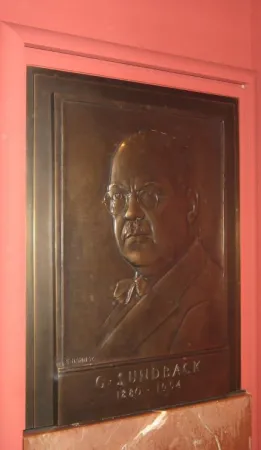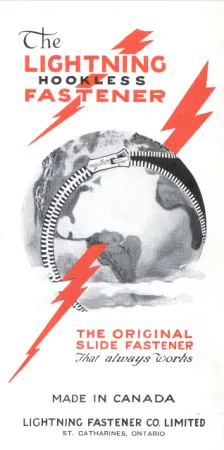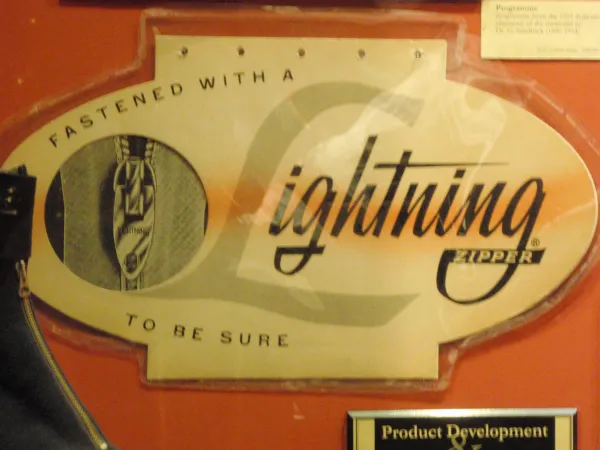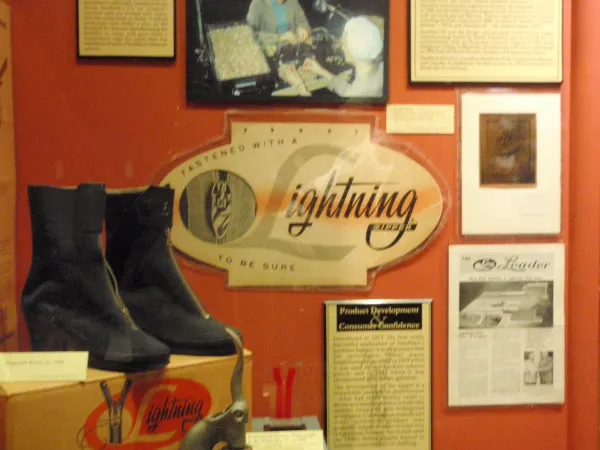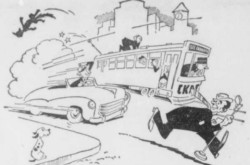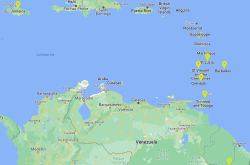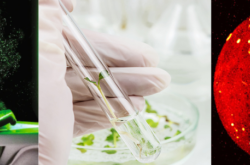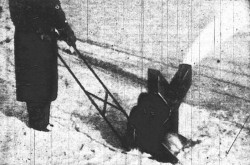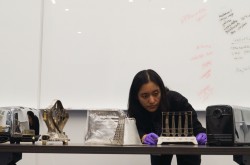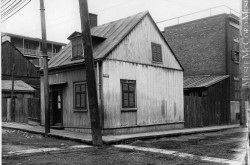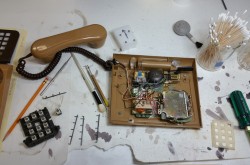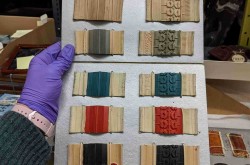Otto Frederick Gideon Sundback- Inventor of the First Modern Zipper
This article was originally written and submitted as part of a Canada 150 Project, the Innovation Storybook, to crowdsource stories of Canadian innovation with partners across Canada. The content has since been migrated to Ingenium’s Channel, a digital hub featuring curated content related to science, technology and innovation.
Otto Frederick Gideon Sundback
1880-1954
Swedish-born and raised, Gideon Sundback received his technical education as an electrical engineer in Germany. He emigrated to America in 1905 and the following year began to work on a solution to problems with the hook and eye fastener. Various improvements were devised including the Plako (introduced 1908), Hookless #1 (the first ‘hookless’ fastener- 1912), and Hookless #2- the modern zipper (1913). Hookless #2 was the design concept upon which future zipper manufacturing would be based.
The invention of the modern hookless fastener was only half of the solution a problem; the other half was devising the machinery to efficiently manufacture the device. Sundback’s ‘S-1’ machine used pre-formed wire rather than metal strips or sheets. It halved production costs within a year, set the standard for fastener manufacturing for decades to come, and gave them a competitive edge for years after the expiration of some of Sundback’s fastener patents.
Gideon would base zipper production in St. Catharines, Ontario, where he was president of the Lightening Fastener Co. The building was located at 50 Niagara Street.
The first really successful application of Sundback’s hookless fastener was on a money belt for servicemen, introduced in 1917. Other major breakthroughs occurred in 1919 when it was used on the Locktite tobacco pouch, and in 1922 when it was incorporated into rubber galoshes.
The development of the zipper is a remarkable example in perseverance- what had taken twenty years to devise as a useable product would take another twenty to gain widespread acceptance. Combination overalls and other product-by-product uses gradually helped to make inroads into the garment industry, but it took until the 1930’s before zippers started to become commonplace in clothing.
Sundback was honoured for his achievements with an Honorary Doctoral Degree in 1937 from Allegheny College in Meadville, Pennsylvania and with a Gold Medal in 1950 from the Royal Swedish Academy of Engineering Sciences.
Sundback referred to himself as Swedish by birth, American by adoption, and Canadian by preference. He died on June 24, 1954 and is buried in Meadville Pennsylvania. Today, his invention, Hookless #2 (the zipper) has become one of the world’s most used devices.



